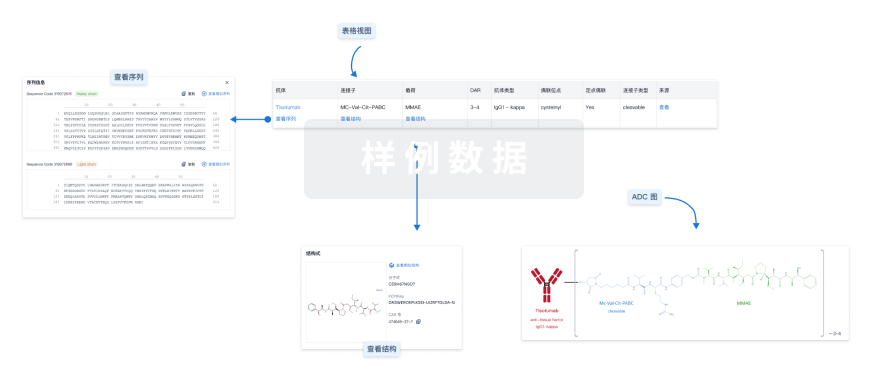预约演示
更新于:2025-05-07
99mTc-EC-metronidazole
更新于:2025-05-07
概要
基本信息
权益机构- |
最高研发阶段临床阶段不明 |
首次获批日期- |
最高研发阶段(中国)- |
特殊审评- |
结构/序列
分子式C8H16N2O4S2 |
InChIKeyBQHFYSWNHZMMDO-WDSKDSINSA-N |
CAS号- |
使用我们的ADC技术数据为新药研发加速。
登录
或

关联
100 项与 99mTc-EC-metronidazole 相关的临床结果
登录后查看更多信息
100 项与 99mTc-EC-metronidazole 相关的转化医学
登录后查看更多信息
100 项与 99mTc-EC-metronidazole 相关的专利(医药)
登录后查看更多信息
4
项与 99mTc-EC-metronidazole 相关的文献(医药)2014-09-01·Pakistan journal of pharmaceutical sciences
Formulation and evaluation of a single vial lyophilized preparation of technetium-99m labeled ethylene dicysteine as a renal scintigraphic agent.
Article
作者: Saeed, Shabana ; Yousuf, Mohammad ; Sohaib, Muhammad ; Khalid, Mujahid Ali ; Afshan, Anjum
2003-04-01·Stroke1区 · 医学
Prognostication of Recovery in Patients With Acute Ischemic Stroke Through the Use of Brain SPECT With Technetium-99m—Labeled Metronidazole
1区 · 医学
Article
作者: Kim, E. Edmund ; Yang, David J. ; Cho, Ki Hyun ; Kim, Byeong Chae ; Kim, Chang-Guhn ; Song, Ho-Chun ; Bom, Hee-Seung ; Seo, Jeong-Jin
2000-03-07·European Journal of Nuclear Medicine and Molecular Imaging
Technetium-99m ethylene dicysteine: a new renal tubular function agent
Article
作者: Kabasakal, L
100 项与 99mTc-EC-metronidazole 相关的药物交易
登录后查看更多信息
研发状态
10 条进展最快的记录, 后查看更多信息
登录
| 适应症 | 最高研发状态 | 国家/地区 | 公司 | 日期 |
|---|---|---|---|---|
| 肿瘤 | 临床前 | 美国 | 1999-05-01 |
登录后查看更多信息
临床结果
临床结果
适应症
分期
评价
查看全部结果
| 研究 | 分期 | 人群特征 | 评价人数 | 分组 | 结果 | 评价 | 发布日期 |
|---|
No Data | |||||||
登录后查看更多信息
转化医学
使用我们的转化医学数据加速您的研究。
登录
或

药物交易
使用我们的药物交易数据加速您的研究。
登录
或

核心专利
使用我们的核心专利数据促进您的研究。
登录
或

临床分析
紧跟全球注册中心的最新临床试验。
登录
或

批准
利用最新的监管批准信息加速您的研究。
登录
或

特殊审评
只需点击几下即可了解关键药物信息。
登录
或

生物医药百科问答
全新生物医药AI Agent 覆盖科研全链路,让突破性发现快人一步
立即开始免费试用!
智慧芽新药情报库是智慧芽专为生命科学人士构建的基于AI的创新药情报平台,助您全方位提升您的研发与决策效率。
立即开始数据试用!
智慧芽新药库数据也通过智慧芽数据服务平台,以API或者数据包形式对外开放,助您更加充分利用智慧芽新药情报信息。
生物序列数据库
生物药研发创新
免费使用
化学结构数据库
小分子化药研发创新
免费使用

